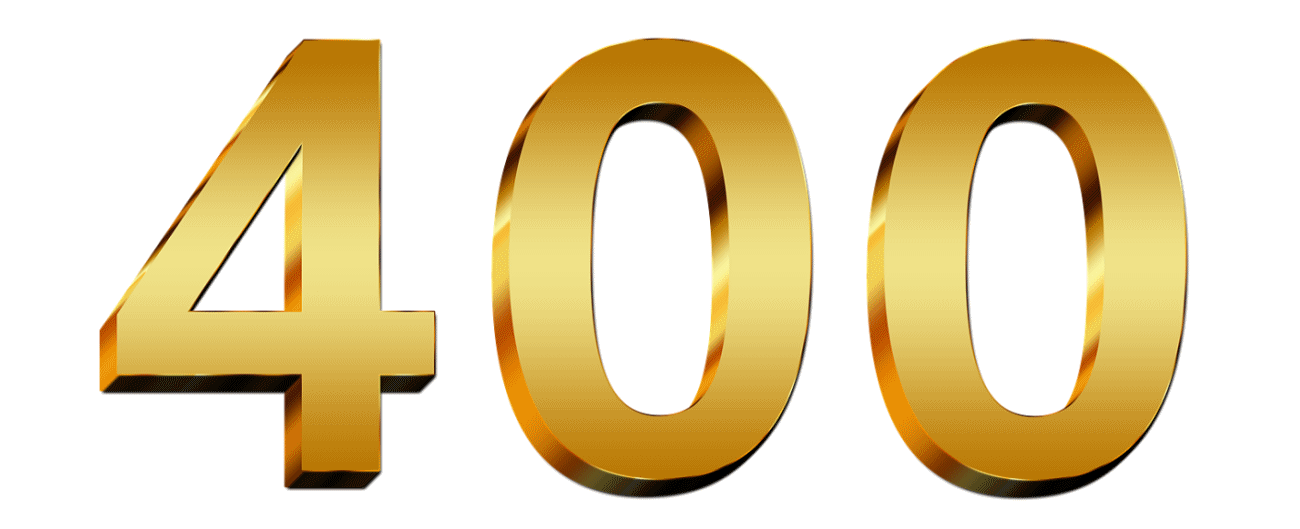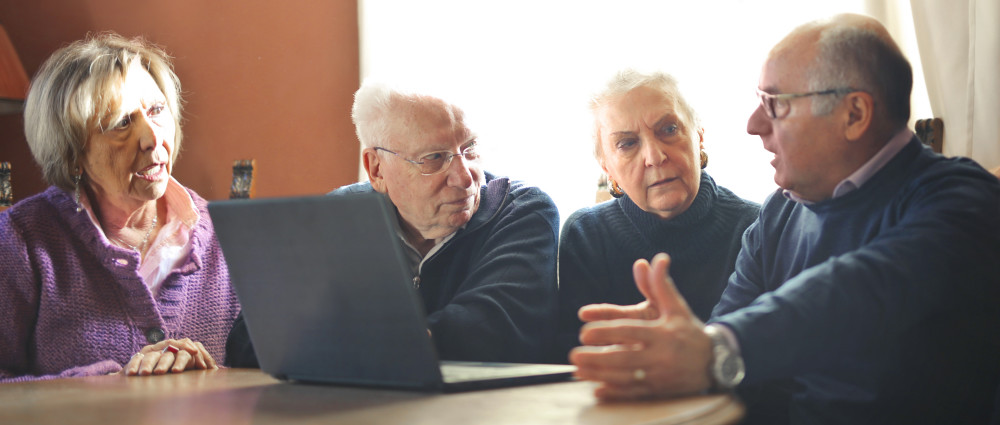FOUR HUNDRED CENTIMORGANS
 February 13, 2023
February 13, 2023
Have you submitted DNA to a popular genealogy site? If so, you have a list of people you are related to. Each name will have a centimorgan (cM) number next to it. This number shows the amount of DNA you have in common with that person. The higher the number the more closely related to them you are. This blog post is directed at people who know (or think they know) their close family members. This is probably one of the most overlooked topics when it comes to identifying people on your match list. Many people see someone on their match list who they don't recognize and say "I don't know them, they must be a distant relative or someone unimportant." You should think twice about making that assumption.
Note: I'm using centimorgans as the unit of measurement. If you're using 23 and Me, it may only show percentages. 400 Centimorgans is a little less than 6 percent. If you're new to DNA analysis and want to learn more, please check out my other blog posts. I have several posts where I discuss centimorgans and relationships.
I always tell people to look at their lists and see if there's anyone over 400cM who they don't recognize. Why? Because numbers over 400cM are NOT usually second cousins. It's something closer. If you know your family well, you should probably know anyone matching over 400cM. Most people don't know their second cousins, and that's perfectly normal. A second cousin is a person who has a same set of great-grandparents in common with you. Or, another way to think about that is... One of their grandparents is a sibling of one of your grandparents. In most people's families, people know their siblings, parents, aunts, uncles, grandparents and first cousins. This isn't true for everyone of course, but it's true for the average person. It's perfectly normal to not know who your second cousins are. So, any number over 400cM is worth looking into because it's likely going to be someone closer to you than a second cousin.
Some of you hardcore genealogists out there might be saying "Wait... 400cM CAN be a second cousin!" True, but my point is, it's not that common. It's usually a closer relationship that needs more investigation. It's also true that people over 400cM are often a first cousin once removed (a first cousin of your parent). Not everyone knows their parent's cousins, so the 400cM match might not be anything important in that case, but again, it's worth checking out. If a 400+ match is a generation younger than you, it might get even more interesting. Their parent could be your full first cousin. The generation of your DNA match is important. Also note, I'm using 400 as a nice round number. DNA levels can vary (which I'll discuss in future posts). You could have interesting matches at any number depending on what you're looking for.
HALF COUSINS
The reason I got onto this topic is because I see a LOT of half cousin matches that end up involving a "secret" family member. Half cousins are often in the 400cM range. This can also result in people finding out one of their grandparents is not who they thought they were. So, what is a half cousin? It's a person in the same generation as you with ONE grandparent in common. For example, if your grandfather had a child with two different women, you might end up with a half cousin. You could have the same grandfather, but different grandmothers. Or, you could have the same grandmother and different grandfathers.

Why have I been seeing so many half cousins? World War II seems to be one of the reasons. Many people who have submitted DNA have grandfathers who were in WWII (or another war). I have seen an enormous amount of secret children being born around war time. Men were having affairs while away during the war, and women were having affairs while the men were away. Keep in mind, this could reveal a big secret in your family, especially if it was your grandmother who had an affair. Discovering your grandfather isn't who you thought he was would mean one of your parents doesn't know who their real father was. That may seem unlikely, but I continue to be amazed at how many times I've seen it happen. So, check those match lists. Let me know if you need help figuring out who those mysterious DNA matches are. You too might have a family secret.
UPDATE: I've posted a follow-up to this article called Eight Hundred Centimorgans. Be sure to check out that post as well, especially if you have any really strong matches. If you think you know your family but don't know who these matches are, don't ignore this. You will want to find out who these high matches are. I also want to note that you shouldn't jump to conclusions. It's true, these matches could reveal a secret family member, but there could be a logical explanation as well. Take your time and make sure you've figured out everything correctly.
My next post is about an unexplained family mystery.

